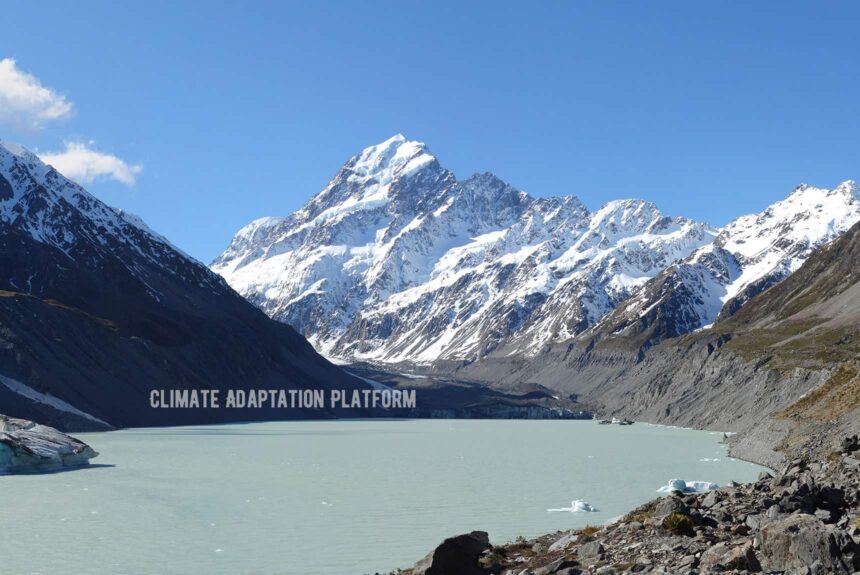The second edition of the IPCC AR6, Working Group II report – Impacts, Adaptation and Vulnerability, has a dedicated chapter on New Zealand and Australia.
The Working Group II contribution to the Sixth Assessment Report assesses the impacts of climate change, looking at ecosystems, biodiversity, and human communities at global and regional levels. It also reviews vulnerabilities and the capacities and limits of the natural world and human societies to adapt to climate change.
The Science Media Centre hosted a briefing for journalists with leading New Zealand co-authors of the forthcoming IPCC WGII report. The SMC also gathered comments on indigenous knowledge and climate adaptation.
The speakers are as follows:
- Prof. Anita Wreford (Lincoln University)
- Prof. Bruce Glavovic (Massey University)
- Prof. Bronwyn Hayward (University of Canterbury)
- Dr Judy Lawrence (Victoria University of Wellington)
Watch the video below for more information.
Below is a written comment from Professor Bronwyn Hayward, Department of Political Science and International Relations, University of Canterbury:
- The weight of new evidence in this latest IPCC report tells us that we are moving more quickly than previously expected to reach the limits of the climate risk we can adapt to.
- New Zealanders only need to look to the recent repeat flooding in Westport, or Brisbane and wider Queensland this week, where eight lives have been lost, and 50,000 homes are currently without power, to understand what ‘reaching the limits of adaptation’ really means.
- This report indicates that 40 per cent of the world, or 3.5 billion people, are now “highly vulnerable” to climate change, particularly in cities where cascading and compounding risks such as heat combined with air pollution will impact all residents but particularly the most vulnerable, including the poor, the elderly, children, disabled, Indigenous communities and ethnic minorities.
- But the report also says we can secure a liveable future if we act now to protect people and the planet and reduce greenhouse gas emissions. The report highlights the importance of bringing national government funding to support equitable local community partnerships and taking collective action.
- This isn’t about building more seawalls or planting large blocks of exotic trees as carbon sinks. Some of this action is inevitable, but the evidence suggests this must be carefully managed to avoid new and greater risks and impacts.
- Instead, the report also focuses on the value of social infrastructure (income protection, education, health and housing) alongside green ecological investment and engineering to secure a more liveable future, especially in cities, where two-thirds of the world will live by 2050.
- Despite the stark messages, I do find it remarkable that nearly 200 governments have signed off on this report, acknowledging that climate impacts are now questions of “human rights” and “justice” and that Indigenous and local knowledge and “equitable” partnerships can help us as we work to find the best ways to solve these problems.
- The report is clear, we have a very short time now to make the major investments and take the action we need to protect our communities. This will be challenging, but the time to act is now.
Source:
How NZ can adapt to climate change, according to the IPCC – SMC Briefing. (2022 March 1). Retrieved from https://www.sciencemediacentre.co.nz/2022/03/01/how-nz-can-adapt-to-climate-change-according-to-the-ipcc-smc-briefing/



Leave a Reply